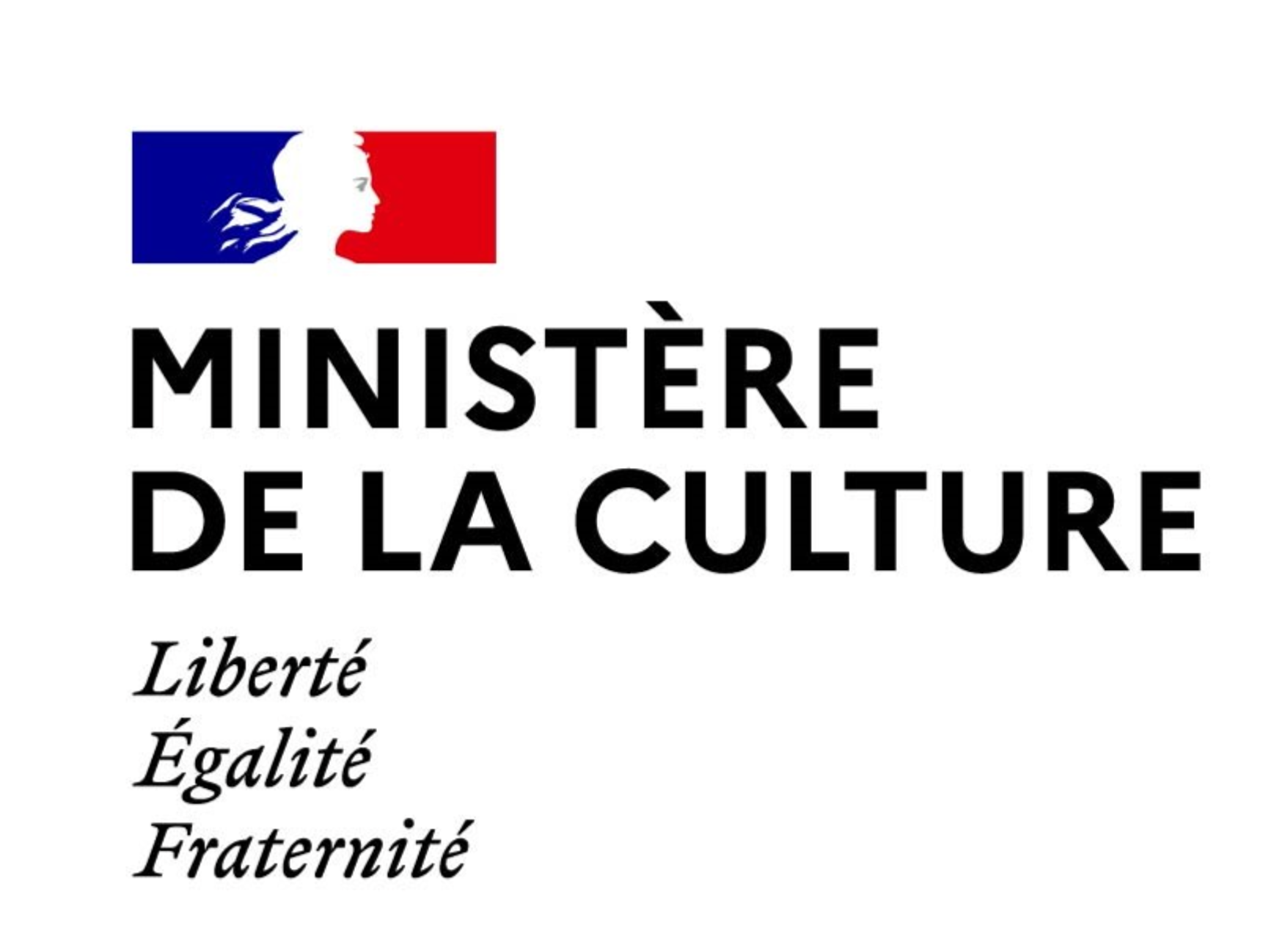
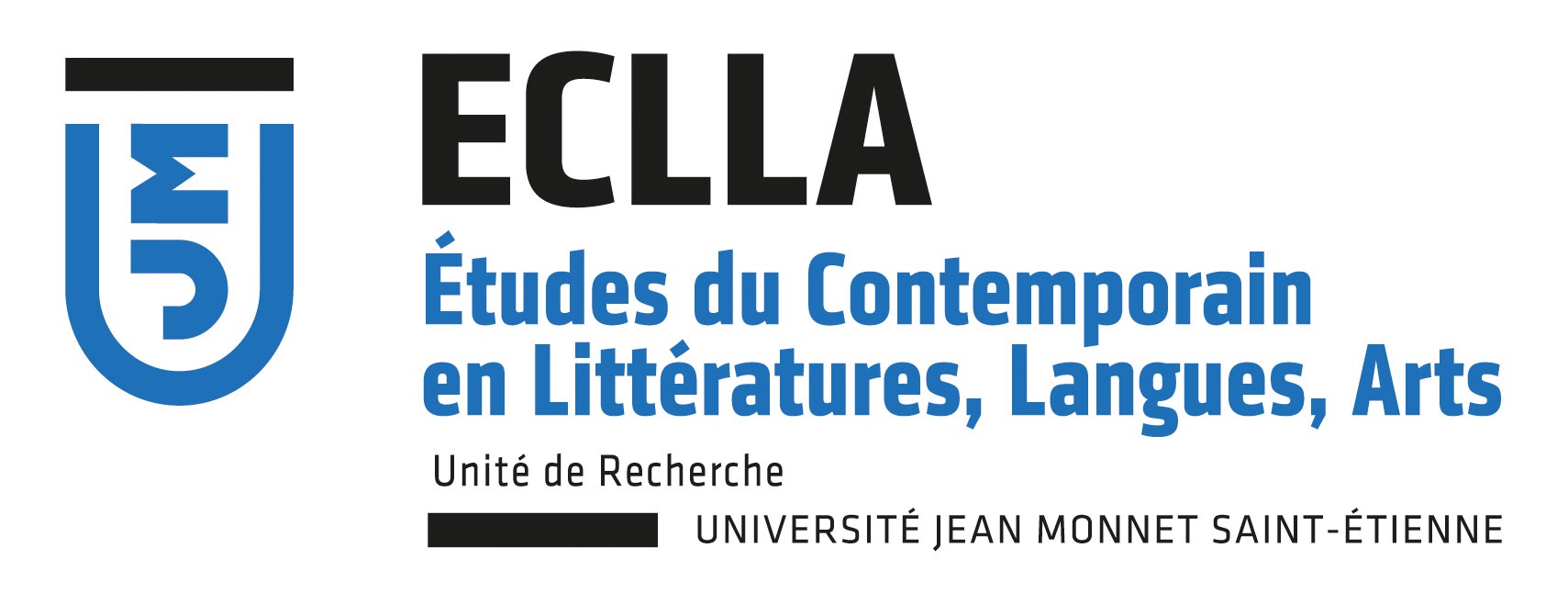
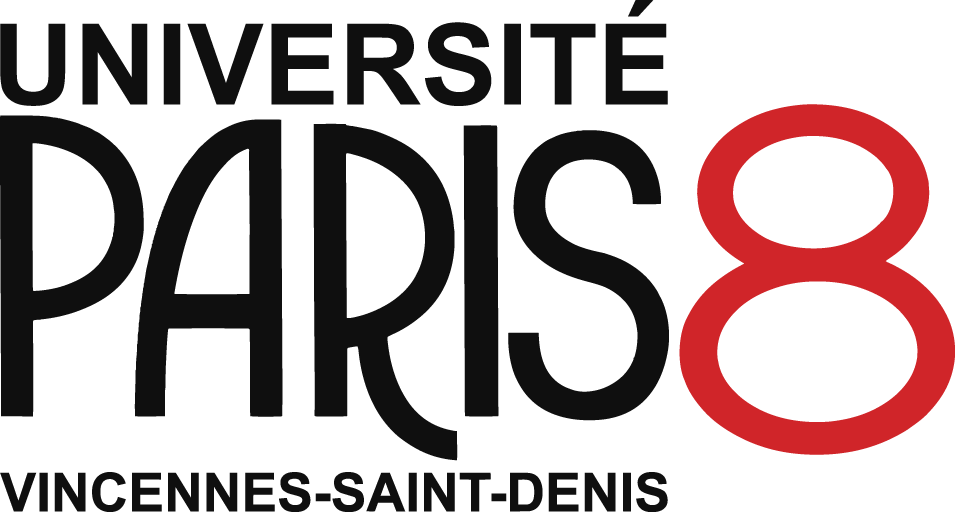
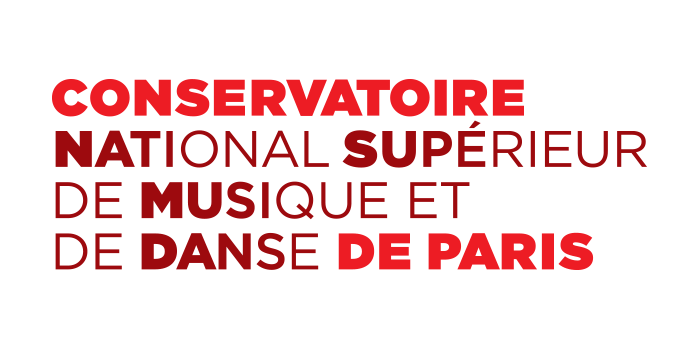



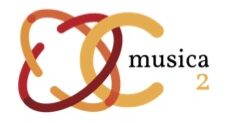










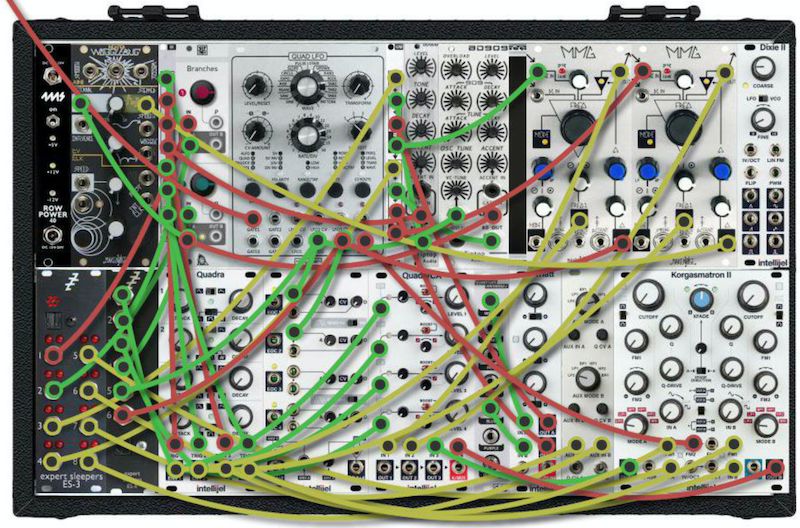
« If we consider the evolution of musical scores from a historical point of view, we can identify three periods. During the middle ages, music was notated in the form of manuscripts. After Gutenberg’s invention of the printing press, music was printed, and from the Renaissance up to the modern era we lived with printed material. Now, in our computer age, we use electronic files. Even if we cannot find a computer to run Music V, the files used with Music V are still printable and readable, and they can even be copied by hand. But what about things that are not printable—such as multimedia files, interactive installations, live-coding performances and even Web art, current art forms interacting with big data, cloud files? We are now becoming aware that this progressive dematerialization of the medium conveying musical information yields serious problems of preservation. »
[Alain BONARDI, Serge LEMOUTON, Laurent POTTIER & Jacques WARNIER, “On the Documentation of Electronic Music”, in Computer Music Journal, n° 42, 2018, p. 41-58]
« We said to ourselves that we could keep everything, and we were convinced that we had eternity ahead of us. »
[Philippe MANOURY, in Pierre GERVASONI, “Musiques avec électronique : la peur du bug”, Le Monde, 10 mai 2021, p. 26]
Musical experimentation and creation have, since the second half of the 20th century, been largely based on the development of digital technologies. A corpus of thousands of mixed works, using extremely diverse techniques and technologies, has since been compiled. The achievements of this revolution which affects the media of musical creation, certainly the most significant since the invention of the printing press, however, unlike the results of Gutenberg's invention, are not guaranteed to be lasting. Intrinsically linked to the lifespan of constantly evolving software and non-interoperable programming languages, the safeguarding of a mixed work depends only on the ability of a few people, computer music producers or composers, to update the patches, according to the resumption of a work - thus conditioning the durability of a work to its interpretation. In addition to these difficulties inherent in the formats of works using digital technologies, there is a problem of conservation and distribution: with the exception of the Sidney database, a digital archive of mixed works created at IRCAM, no long-term institutional initiative has made it possible to systematically organize the conservation of the patches both for their safeguard and for their availability to artists and researchers.
In response to the significant risk that presses on an entire section of the musical heritage of recent decades, the Antony project was born, the purpose of which is to develop a collaborative platform for the safeguarding and sharing of musical heritage using digital technologies.
Continuation of the project led by the "Collaborative archiving and creative preservation of digital music works" working group funded by AFIM (Association Francophone d´informatique Musicale): http://preservation.afim-asso.org/doku.php
The working group inherits many initiatives and research projects initiated in recent years to safeguard the heritage of music using digital technologies. Concerning electroacoustic music on medium, inventory and digitization campaigns have been able to save some of the emblematic works of the repertoire. Many repositories save versions of these works such as the electroacoustic database of SEAMUS (The Society for Electro-Acoustic Music in the United States), the mediaartbase of ZKM (Zentrum für Kunst und Medientechnologie Karlsruhe) from IDEAMA (CCRMA and ZKM), the archives of the CCM (Center of Contemporary Music, San Francisco) or the INA-GRM archives. Other funds are being processed such as that from the University of Illinois Experimental Music Studio (EMS).
Collaborators :